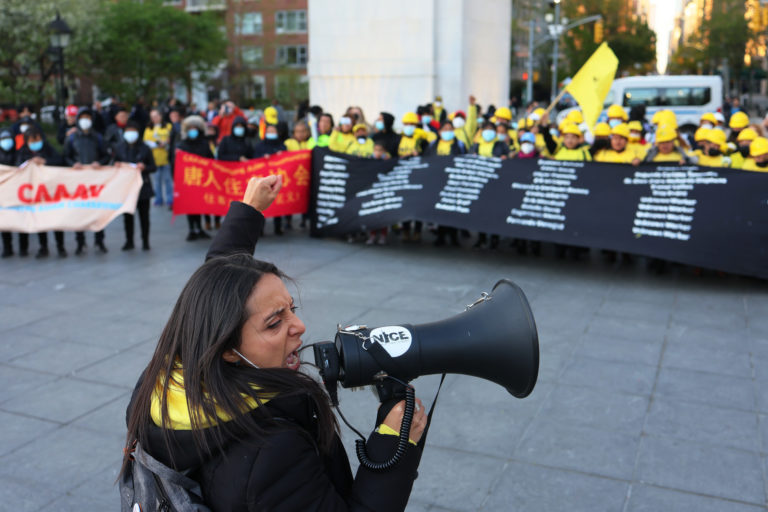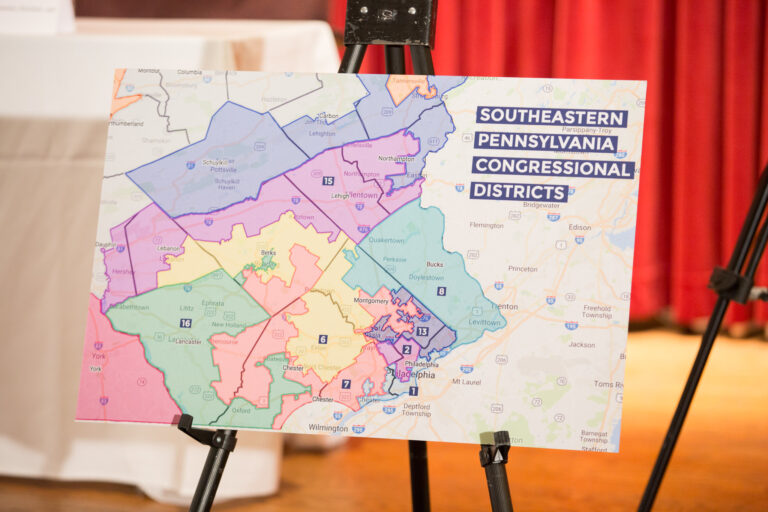
Catherine Fisk is the Barbara Nachtrieb Armstrong Professor of Law at UC Berkeley Law, where she teaches and writes on the law of the workplace, legal history, civil rights and the legal profession. She is the author of dozens of articles and four books, including the prize-winning Working Knowledge: Employee Innovation and the Rise of the Corporate Intellectual Property, 1800-1930, and Labor Law in the Contemporary Workplace. Her research focuses on workers at both the high end and the low end of the wage spectrum. She has written on union organizing among low-wage and immigrant workers as well as on labor issues in the entertainment industry, employee mobility in technology sectors, employer-employee disputes over attribution and ownership of intellectual property, the rights of employees and unions to engage in political activity, and labor law reform. She is the co-author, with UCI Law Professor Ann Southworth, of an innovative interdisciplinary casebook, The Legal Profession. Her current public service includes membership on the SEIU Ethics Review Board, the Board of Directors of the Wage Justice Center, and committees of the Law & Society Association. Prior to joining the founding faculty of UC Irvine School of Law, Fisk was a chaired professor at Duke Law School, and was on the faculty of the University of Southern California Gould School of Law and Loyola Law School in Los Angeles. She practiced law at a boutique Washington, D.C. firm and at the U.S. Department of Justice. She received her J.D. at UC Berkeley, and an A.B., summa cum laude, from Princeton University.
The 71 percent majority vote of the skilled maintenance workers at VW’s Chattanooga plant to elect the United Auto Workers is an important test of whether critics of the labor law model of exclusive representation really believe that those workers who want a union should be allowed to have one (as they claim) or whether they think no one should be allowed to unionize. With 94 percent of the skilled maintenance workers voting, the UAW won by a landslide (108-44). If the democratic right to choose whether to be represented by a union means anything, it should mean that a vote of the supermajority of skilled maintenance workers who want a union should be respected.
Two years ago, the UAW narrowly lost an election to represent all 1,500 production and maintenance employees in the Chattanooga plant, by a vote of 712 to 626. Workers who wanted to unionize continued to work with the UAW, and in August requested a vote among a unit of skilled maintenance employees.
The smaller bargaining unit is clearly permissible under the NLRB’s decision in Specialty Healthcare & Rehabilitation Center of Mobile, 357 N.L.R.B. No. 83 (2011). The Specialty Healthcare test asks whether a “readily identifiable” group of employees “share a community of interest,” which means they have similar “skills, interests, duties and working conditions,” there is “integration and contact among the employees,” and the unit makes sense in light of the employer’s supervisory structure and the extent of union organization. If all that is true, then the party who opposes allowing an election among the smaller group of employees must make a “heightened showing … that the included and excluded employees share an overwhelming community of interest.” As Benjamin Sachs explained in an On Labor post, the U.S. Court of Appeals upheld the Specialty Healthcare rule in Kindred Nursing Centers East v. NLRB, 727 F.3d 552 (6th Cir. 2013), allowing a group of Certified Nursing Assistants to unionize over the objection of the nursing home, which wanted to include clerical, maintenance, and kitchen employees. The Sixth Circuit held the Board acted within its statutory power to require the employer to bear a heavy burden in challenging the proposed bargaining unit.
The skilled maintenance workers at the VW plant are a readily identifiable group who share similar skills, interests, duties, and working conditions. VW has not yet appealed the NLRB regional director’s direction of the election, though it did issue a statement on December 4, stating that the unit of skilled maintenance workers “fractures our workforce.” It is unclear what VW means by this, but if the union succeeds in negotiating a contract, the skilled workers will be governed collectively bargained terms of employment and will have the protections of just cause for discharge and the right to arbitrate grievances under a fair system. Unless VW voluntarily extends the collectively bargained terms to its entire workforce, those not represented by a union will continue to work under terms dictated unilaterally by the company, be subject to discipline or firing without cause, and not have the right to union assistance if they are disciplined or fired. VW, like the many other companies that have some unionized workers and others not in a union, may experience some hassle managing different personnel policies. But that is the nature of operating a big company with lots of different employees.
Advocates of the rights of employees not to join unions should, moreover, embrace the possibility of unions representing employees in a small unit that votes for it. They insist (as they do in Friedrichs v. California Teachers Association) that rights of employees who oppose unionization must also be respected, and allowing small bargaining units is one way to do so. The teachers who challenge the California public sector bargaining law in Friedrichs specifically argue that compelling teachers to support the collective bargaining of the union that represents them violates their First Amendment rights to freedom of speech and freedom of association, while they also acknowledge that teachers who wish to support their union’s bargaining also have free speech and association rights at stake. There is a tension between arguing that employees’ speech and association rights are violated by bargaining by a majority representative in Friedrichs and opposing the power of the NLRB to certify a unit representing a group who overwhelmingly want a union simply because other workers in the same plant do not want to join that union. Indeed, employers cannot argue in Friedrichs that unions should only represent their members while arguing about VW that union representation of a small group is bad because it “fractures” the workforce.
Of course, the election at VW did not create a members-only union, because the UAW represents all the employees in the unit, including the 29 percent who voted against the union and the 6 percent who didn’t vote. And because Tennessee has enacted a law prohibiting union security agreements, the union opponents cannot be compelled to pay the union for the representation services it is now required to provide them. Nevertheless, Specialty Healthcare, and the Chattanooga vote, is a step in the direction of members-only bargaining, as it allows a bargaining unit to be formed by a minority of workers in a plant where the majority opposes unionization. Indeed, Member Hayes dissented in Specialty Healthcare on precisely that ground: he asserted that the overwhelming community of interest test “obviously encourages unions to engage in incremental organizing in the smallest units possible,” and that the NLRB’s “Regional Offices … will have little option but to find almost any petitioned-for unit appropriate.” But that is a good thing, or at least it should be to those who are concerned that the majority rule principle reflected in labor law gives insufficient protection to the minority of workers who oppose unionization.






Daily News & Commentary
Start your day with our roundup of the latest labor developments. See all
December 19
Labor law professors file an amici curiae and the NLRB regains quorum.
December 18
New Jersey adopts disparate impact rules; Teamsters oppose railroad merger; court pauses more shutdown layoffs.
December 17
The TSA suspends a labor union representing 47,000 officers for a second time; the Trump administration seeks to recruit over 1,000 artificial intelligence experts to the federal workforce; and the New York Times reports on the tumultuous changes that U.S. labor relations has seen over the past year.
December 16
Second Circuit affirms dismissal of former collegiate athletes’ antitrust suit; UPS will invest $120 million in truck-unloading robots; Sharon Block argues there are reasons for optimism about labor’s future.
December 15
Advocating a private right of action for the NLRA, 11th Circuit criticizes McDonnell Douglas, Congress considers amending WARN Act.
December 12
OH vetoes bill weakening child labor protections; UT repeals public-sector bargaining ban; SCOTUS takes up case on post-arbitration award jurisdiction